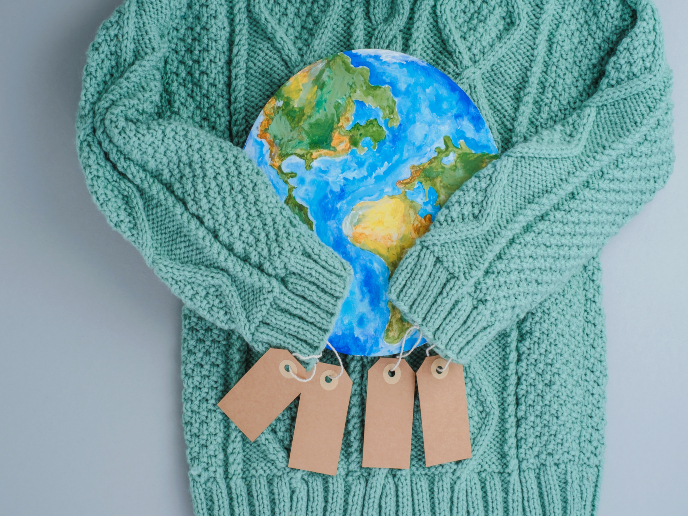The future of textiles: achieving a circular economy
Textiles are an intrinsic part of modern life, providing us not only with clothing and footwear but also carpets, curtains and fabrics for homes, offices and public buildings. The textiles industry is one of the world’s largest industrial sectors and forms an important part of Europe’s manufacturing base. Within the EU, the sector employs 1.3 million people with a turnover of EUR 167 billion and over EUR 67 billion in exports. European citizens use on average 26 kg of textiles each year and throw away 11 kg. Although used clothes can be exported outside the EU, almost 87 % are incinerated or sent to landfill. Currently, in the EU, textile production and consumption have the highest impact on the environment and climate change after food, housing and transport. These impacts include overuse of natural resources, water, land and chemicals, and the release of greenhouse gases and pollutants. Furthermore, the EU Strategy for Sustainable and Circular Textiles focuses on eco-design, waste and pollution prevention, safe and bio-based materials, circular material flows and responsible supply chains. The strategy also covers new business models such as clothing rental, designing products in a way that would make reuse and recycling easier, and convincing consumers to buy clothes of better quality that last longer. In response, the EU has funded a growing number of research and innovation projects on textile sustainability and circularity. Different Horizon calls have been launched to further develop technologies and processes to scale up repair, improve collection and sorting, scale up textile recycling capacities of the EU industry, and increase fibre-to-fibre recycling and the uptake of recycled fibre content. This is a result of the EU’s growing focus on the sustainable transition of the EU economy and society as part of the European Green Deal. The European Community of Practice for a Sustainable Textile Ecosystem network - ECOSYSTEX shares among participating projects the latest developments and results of EU research and innovation. By engaging with policymakers and public programme managers it helps them to design effective policies and programmes and support their implementation to foster textile circularity and sustainability. It also organises dissemination activities to ensure the interested public expert community can be informed about latest developments and results of EU research and innovation projects. This CORDIS Results Pack showcases six Horizon research projects that focused on optimising resource use and minimising waste across the entire textile production and consumption cycle. The Glaukos project tackled ocean pollution by plastics from textiles and fishing gear by developing bio-based textile fibres and textile coatings. The New Cotton Project applied chemical recycling technology to pioneer a revolutionary method for converting discarded textiles into a unique new textile fibre that looks and feels like cotton. HEREWEAR is valorising three waste streams, seaweed, manure and straw to produce man-made cellulosic fibre that can be used instead of cotton. The MY-FI project developed non-woven fabrics made of mycelium fibres for the textile industry (mycelium leather), which provide an alternative to plant-based and animal-based products. Meanwhile, SCIRT improved the quality of recycled yarn by developing technologies for accurately sorting and trimming textiles at high speed and a True Cost Calculator for assessing a garment’s real societal cost. Finally, the TRICK project investigated blockchain data traceability, uncovering many underlying issues that need to be addressed in the textile value chain to ensure effective textile traceability. The results of these projects will position the EU to remain competitive and prosperous and maintain its global leadership with a world-beating, sustainable, high-value manufacturing sector.



